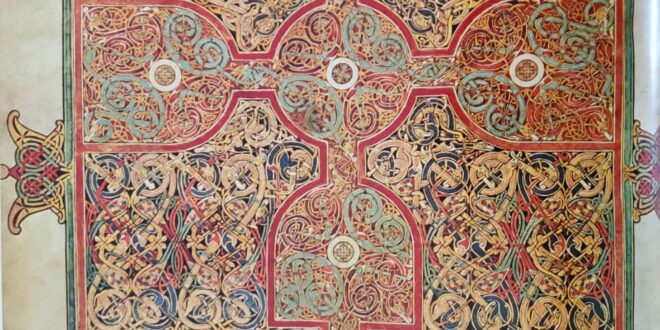Frankish hordes crush the Romans at Soissons and the disintegration of Europe begins. Japan during the Heian period For some three and a half centuries after the founding of Kyoto, Japan had an imperial court and administration devoted to a refined culture, that has shaped the character of the people down to this century. Power was in the hands of the Fujiwara family who intermarried with the imperial house and provided “regents” for a line of boy-emperors, most of whom abdicated voluntarily when they reached adulthood. The Emperor became an idealized figure, protected from the corrupting effects of actual political rule. The sensitive, stylish yet formal spirit of the Heian period under the Fujiwara, who enjoyed their greatest ascendancy from the mid-tenth to the mid-eleventh centuries, is fully embodied in the literary masterpiece Genji Monogatari written by a court lady, Murasaki Shikibu, in the early eleventh century. In sharp contrast to the delicate, almost effete life of the capital, was the life on the great semi-independent estates. The large landowners gradually acquired exemption from taxation; thus developed a feudal system with parallels to that in Europe. As the Fujiwara began to lose their grip on events, civil war broke out between rival factions of the family. In the twelfth century, they called two of the powerful military provincial families to their aid. Not surprisingly, when the smoke cleared after a long period of near anarchy, the Fujiwara found that they had been entirely supplanted by their military advisers. In 1166, the Taira family seized power and for the first time in three centuries, japan witnessed political executions; some twenty years later, the Taira were overthrown by the great Minamoto Yoritomo and in 1185, Japan came under a government controlled by the military. The age of the tea ceremony was succeeded …
Read More »









